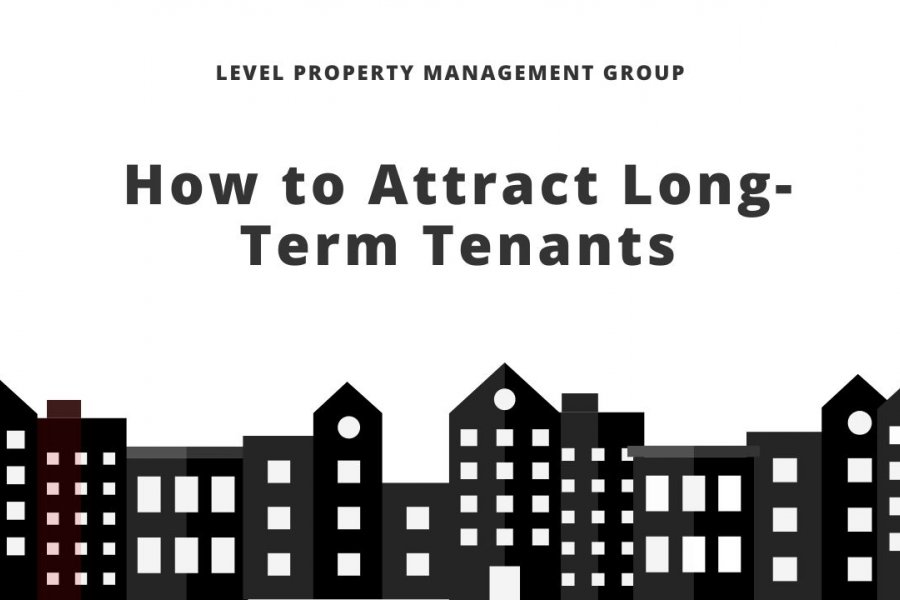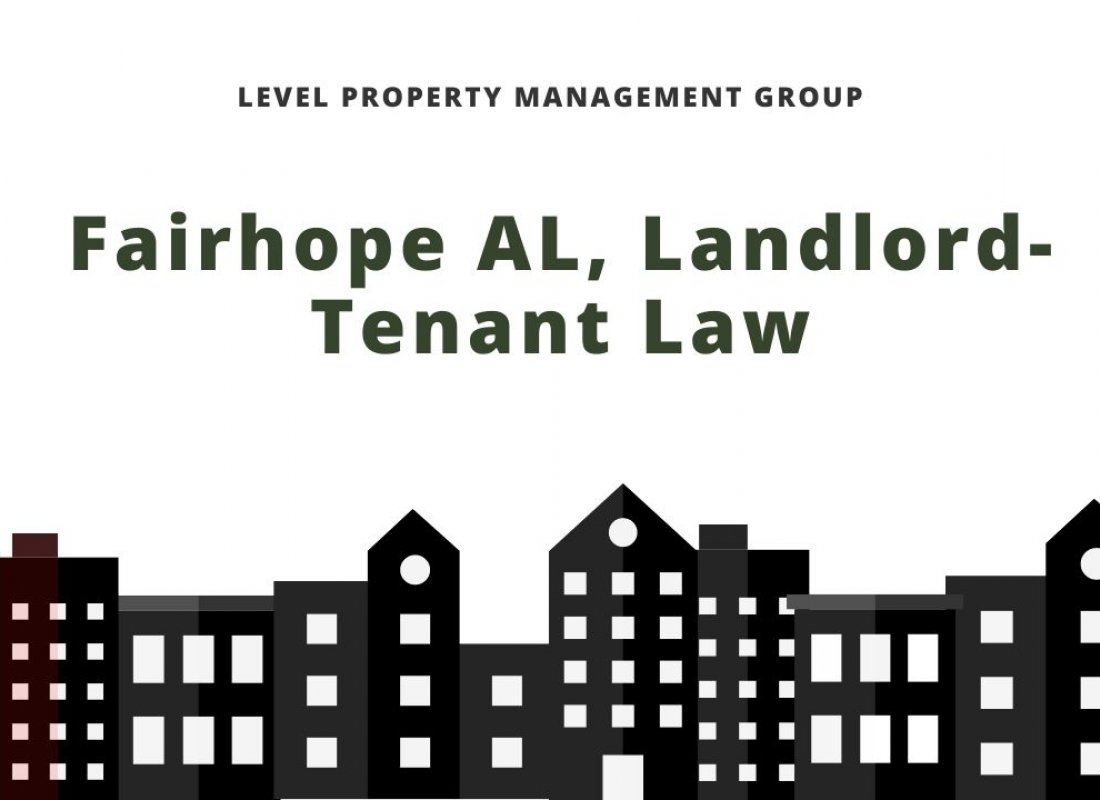Furnishing a rental property can have several advantages but also comes with challenges. So, should you rent your house furnished? In this blog post, we’ll explore the pros and cons of renting a furnished home and some critical factors to consider before making your decision.
Advantages of Renting a Furnished House
Here are some of the benefits of renting a furnished home:
Attracting Tenants
Furnishing your rental property can be a key factor in attracting potential tenants. Renters looking for a furnished property are often those who are relocating for work, or international students, who simply don’t want the hassle of buying and moving furniture.
By offering a furnished property, you can attract a wider pool of potential tenants and quickly increase your chances of finding a tenant.
Potential to Charge Higher Rent
Renting a furnished house can also allow you to charge a higher rent compared to an unfurnished property. Furnished properties are often in higher demand, allowing you to charge a premium for the convenience of providing furniture. In addition, the furnishings themselves can add value to the property and increase its overall appeal.
Convenience for Tenants
One of the main advantages of renting a furnished house is the convenience it offers tenants. Furnished properties allow tenants to move in quickly without the need to purchase and move furniture. This can be particularly appealing to tenants who are relocating for work or study or those who are looking for short-term accommodation.
Disadvantages of Renting a Furnished House
While renting a furnished house has several advantages, there are also some potential drawbacks that landlords should be aware of.
Higher Initial Investment
One of the main disadvantages of renting a furnished house is the higher initial investment required. Furnishing a rental property can be expensive, especially if high-quality furniture is used. Landlords will need to factor in the cost of purchasing furniture and any ongoing maintenance or replacement costs. This can be a significant upfront expense that may not be feasible for all landlords.
Wear and Tear on Furniture
Another disadvantage of renting a furnished house is the wear and tear that furniture can experience. Tenants may not treat the furniture with the same care that they would their own furniture, leading to damage or excessive wear and tear. This can result in additional maintenance and replacement costs for the landlord.
Limited Personalization for Tenants
When a rental property is furnished, there is limited opportunity for tenants to personalize the space to their liking. This may not be an issue for some tenants, but others may want to bring their furniture or decor to make the space feel more like home.
Furnished properties may also be decorated in a style that doesn’t appeal to all tenants, limiting their options for finding a rental property that suits their preferences.
Higher Insurance Costs
Renting a furnished house can also result in higher insurance costs for the landlord. This is because furniture and other items in the property will need to be insured, adding to the overall cost of insuring the property. In addition, the risk of damage or theft of the furniture may be higher than in an unfurnished property, which can result in higher insurance premiums.
Factors to Consider before Renting Your House Furnished
Renting a furnished house can be an excellent way to attract potential tenants and potentially charge higher rent. However, deciding to furnish your rental property requires considering various factors. Here are the key factors to consider before renting your furnished house.
Location of Your Property
The most crucial factor is the location of your property. The demand for furnished properties depends on the location, which can differ between cities or neighborhoods. For instance, properties in central business districts, student areas, or popular tourist destinations may have a higher demand for furnished apartments.
Type of Rental Property
The type of rental property you own is another important factor to consider. You must consider the length of the lease term you offer. Furnished apartments are typically more popular for short-term rentals, such as vacation rentals, corporate housing, or sublets. For long-term rentals, however, tenants may prefer to bring in their furniture and personalize their space to their liking.
Target Market of Potential Tenants
The target market of potential tenants is another crucial factor to consider before renting your furnished house. Different tenants have varying preferences, so understanding their needs is essential before furnishing your property. For instance, students and business travelers may need fully-furnished apartments since they don’t plan to stay for long.
Market Demand and Competition
The rental market demand and competition for furnished properties in your area are also an essential to consider before renting your house furnished. Researching the local rental market can help you determine if there is high demand for furnished properties and what your competition offers regarding furnished rental options.
Bottom Line
While renting a furnished house can attract potential tenants, save tenants moving and buying furniture costs, and potentially charge higher rent, there are also disadvantages, such as higher initial investment and limited personalization for tenants.
At Level Property Management Group, we understand that every property is unique. We offer expert advice and support in helping you decide what’s best for your property.We handle every aspect of property management, so you can enjoy your return.
























